Recently, the media has been abuzz with stories on the rise of ad blockers and the implications for digital markets. Internet users have not hesitated to weigh in with their two cents on online ads, and the general consensus is that they find them to be dull, preachy, and downright intrusive.
Many advertisers ignore this feedback, adopting the mindset that ads are ads—no one LOVES them.
I challenge you to think differently.
The reality is, people love ads when they’re great. Every year, I eagerly await the Super Bowl—not because I am a football fanatic (in fact, I barely understand the rules of the game!), but because I can’t wait to see the ads shown during commercial breaks. Super Bowl ads are in a class of their own — they range from shocking to endearing, from thought-provoking and inspirational to slapstick humor— they take viewers on an emotional rollercoaster throughout the night. The best of the best (think: Larry Bird challenging Michael Jordan for a BigMac, E*Trade’s dancing monkey or Liam Neeson taking on Clash of the Clans) are remembered for years to come.
This ad was aired when I was five years old and I STILL remember it!
Account managers should strive to make every PPC ad Super Bowl caliber. Think it can’t be done in only 95 characters? Think again! Here are five fool-proof ways to create super-creative PPC ads that your target audience will actually like.
#1. Steal Eye-Catching Headlines from Content Marketers
I’m sorry to report that your searchers’ attention spans are on the decline, as a result of the “digital age.” In fact, according to a recent Microsoft study, a goldfish can concentrate longer than the average human! This doesn’t bode well for PPC advertisers, who are competing with numerous ads and organic listings to snag a searcher’s attention.
Writing a catchy, enticing headline is the best way to capture your audience’s interest. The problem is, it’s not always easy to dream up this clever prose. Rather than reinventing the wheel, check in with your team to see what headlines are working best for other channels. Chances are, they’ve identified titles working well for webinars, whitepapers, emails and even blogposts that you can adapt for your PPC ads.
If you aren’t able to find any gems internally, turn to Buzzsumo. This platform allows you to see which pages of a particular website have had high social engagement rates—and likely awesome headlines. See what’s working well for others in your space and then put a spin on them for your PPC ads!
#2. Get Your Freak On (Sex Sells)
Earlier this year, our team here at WordStream posted an ad on multiple channels to promote a guide called 69 Creative Marketing Ideas to Boost Your Business. This ad KILLED it—it raked in a 60% higher than average click-through rate on Facebook alone. We were thrilled by its positive performance, but also thoroughly perplexed. It was a good guide, but it certainly wasn’t the most ground-breaking information we’ve ever published.
And then it dawned on us. One thing was capturing our readers’ attention. SIXTY-NINE. This completely unintentional, vaguely sexual reference was attracting loads of clicks!
Now, the notion of using sex in advertising is certainly nothing new. We’ve seen it for decades. In fact, it dates all the way back to the late 1800’s when Pearl Tobacco featured a naked maiden on the cover of their packages. This strategy was so successful that various tobacco companies emulated it and even began including trading cards featuring beautiful, nude women in each pack of cigarettes. It wasn’t long before other industries hopped on the bandwagon.
That said, sexual references seem to be underutilized in the paid search space. We gave it a shot earlier this year with a weight-loss client, Selvera. Rather than sticking with a super-boring, generic ad, we spiced it up with this copy:
It’s subtle, but it’s certainly a little provocative. When I read it, here’s the image that comes to mind:
Compelling, eh? Just keep in mind, AdWords will not permit you to publish overtly sexual ads through its platform. Stick with cheeky hints—that’s all it will take to attract your audience’s attention!
#3. Make ‘Em Sweat with Countdown Ads
I was one of the rare children of the ‘90s that stood strong and resisted the Beanie Baby craze. My next door neighbors, however, were taken by storm. The little creatures decorated their car dashboards, filled their playroom chests and, the most coveted, rarest collectable bears were proudly displayed in glass cases around their living room.
For reasons unbeknownst to me, the entire family had their hearts set on “#1 the Bear.” It certainly wasn’t the cutest of the plush toys, but it was super rare. In fact, only 250 of these bears were manufactured. Of course, my neighbors were thrilled when they discovered that one of these bears was being featured at an auction nearby, so their father took the day off work to attend. Now, they were (vaguely) reasonable people, so the parents decided ahead of time that they wouldn’t bid any more than $1,000 to win the bear.
As you probably guessed, competition was steep and they were quickly outbid. The father was so taken with rarity of the bear and fearful that he would never find another #1 again, so his “hard line” of $1,000 jumped to $1,200, $1,400, $1,600….and he eventually won the bear at a $2,800 price tag.
Now, I think we can all agree that this is an absurd price to pay for that ugly little red bear, but I think most of us can also empathize with him to some degree. When you know there’s dwindling supply of something you want, you’re more likely to take the plunge and buy it when the opportunity arises.
Incorporating a sense of urgency into your PPC ads can go a long way. When searchers realize that product supply is rapidly depleting or a limited-time only sale is coming to a close, they’re more inclined to take the plunge and click on your ad (often also resulting in an actual purchase!). The easiest way to convey this is to use countdowns in your copy.
If the prospect of constantly updating these countdowns is already making you weary, I have just the hack for you! Rather than doing this manually, use ad customizers to automate the process. By plugging in a snippet of code, you can feed Google all the information it needs to dynamically update the ad.
#4. Play Up Emotions to Make Prospects React
Did you know that your brain is actually designed to feel first, think second? In fact, according to Courtney Seiter of Buffer, the emotional part of your brain processes sensory information way faster than the cognitive part of the brain takes to assimilate the same input. You can get an insane amount of leverage by evoking emotion through your marketing materials. We’ve see upwards of +48% higher click-through rates using this tactic.
To create emotional ads, I often turn to Perry Marshall’s absolutely genius “Swiss Army Knife” brainstorming hack. With this technique, all you have to do is make a list of your customer, his best friend, his worst enemy, something he loves and something he hates. As you consider the relationship between these items, you’ll start to develop the story for your ad.
For example, our team manages an account for a disability claims lawyer. Rather than sticking with the standard narrative, we gave Perry’s hack a whirl. We mapped out the details – Who is your searcher’s best friend? His family! Who is his worst enemy? The government! What does he love? Money! What does he hate? Being denied!—and ultimately, our team was inspired to write this ad, which yielded a whopping 28% CTR!
No doubt, this resonates with frustrated disability applicants and definitely stands out in a sea of miserably boring ads for attorneys.
#5. Get Personal with Demographic Targeting
We humans are inherently selfish. When we read ad copy, our first inclination is to think, “What’s in it for me?” The more customized your ad copy is to the reader, the more likely they are to click. Unfortunately, most advertisers don’t realize that they can create personalized ad copy for Search Network campaigns. Although Google and Bing’s search targeting options come nowhere near the super-specific options on Facebook, there are a few hacks you can use to create more customized ads.
First things first, let’s cover the basics—age, sex, location. Did you know that Bing allows you to control search demographics? Yep! You can actually set ad group level bid modifiers based a searcher’s gender and/or age, meaning you can devise ad copy to resonate with these specific groupings. Google has yet to provide a similar tool, but it’s definitely worth utilizing for your Bing campaigns!
Customizing ads to the searcher’s location is also incredibly effective. According to Google, 4 in 5 consumers want search ads customized to their city, zip code or immediate surroundings. Try utilizing Geo Ad Customizers to tailor your ad’s geographic references to a searcher’s physical location or location of interest.
You can apply even more sophisticated ad customizations for Customer Match campaigns. This new AdWords feature is Google’s foray into identity-based targeting. Essentially, you can upload lists of your prospects’/customers’ email addresses and set specific ad serving criteria for them. The more targeted your segmented your lists are, the more detailed your ad customization can be.
For example, if you know that you’re serving ads to someone who has not yet made a purchase, you might feature a “10% discount for new customers.” Or, if you’re targeting an existing customer, you may want to highlight products that complement what they’ve already purchased.
Don’t Settle for Boring Ads
PPC advertisers are expected to be skilled data analysts, mathematicians and wordsmiths; a daunting trifecta. We’re so busy, that ad copy creation often falls by the wayside, resulting in lackluster text ads. Hopefully, these easy tips will inspire you to step up your ad copy game and create eye-catching, creative ads!

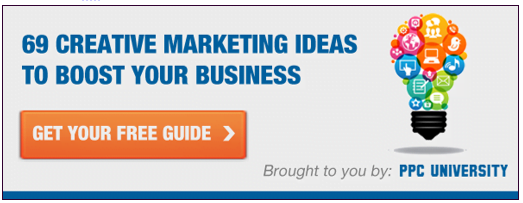

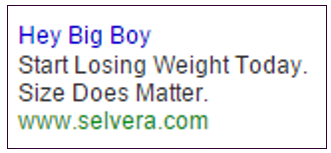
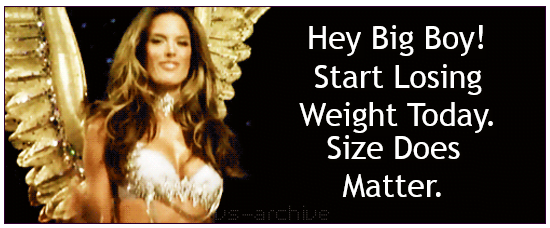

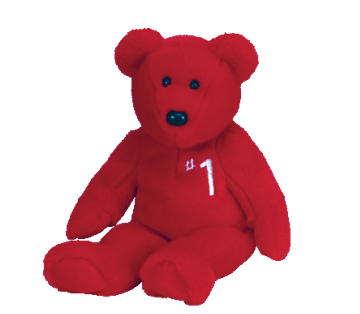



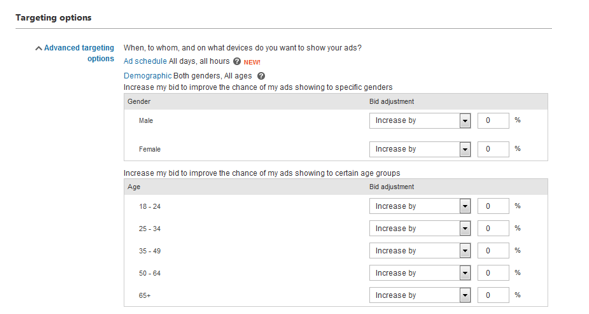
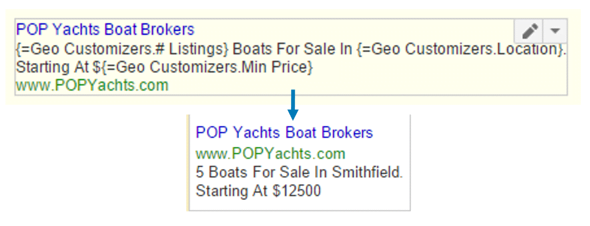
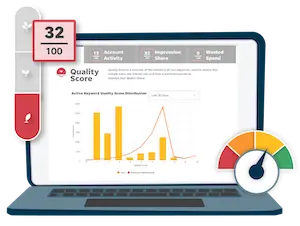

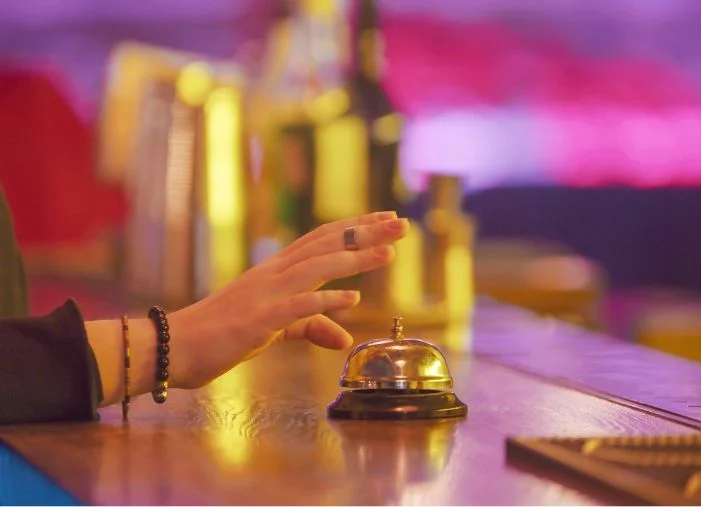
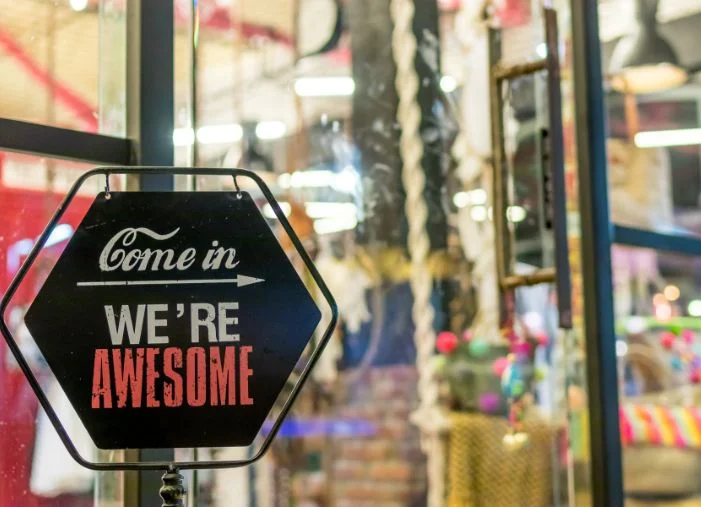




Comments
Please read our Comment Policy before commenting.